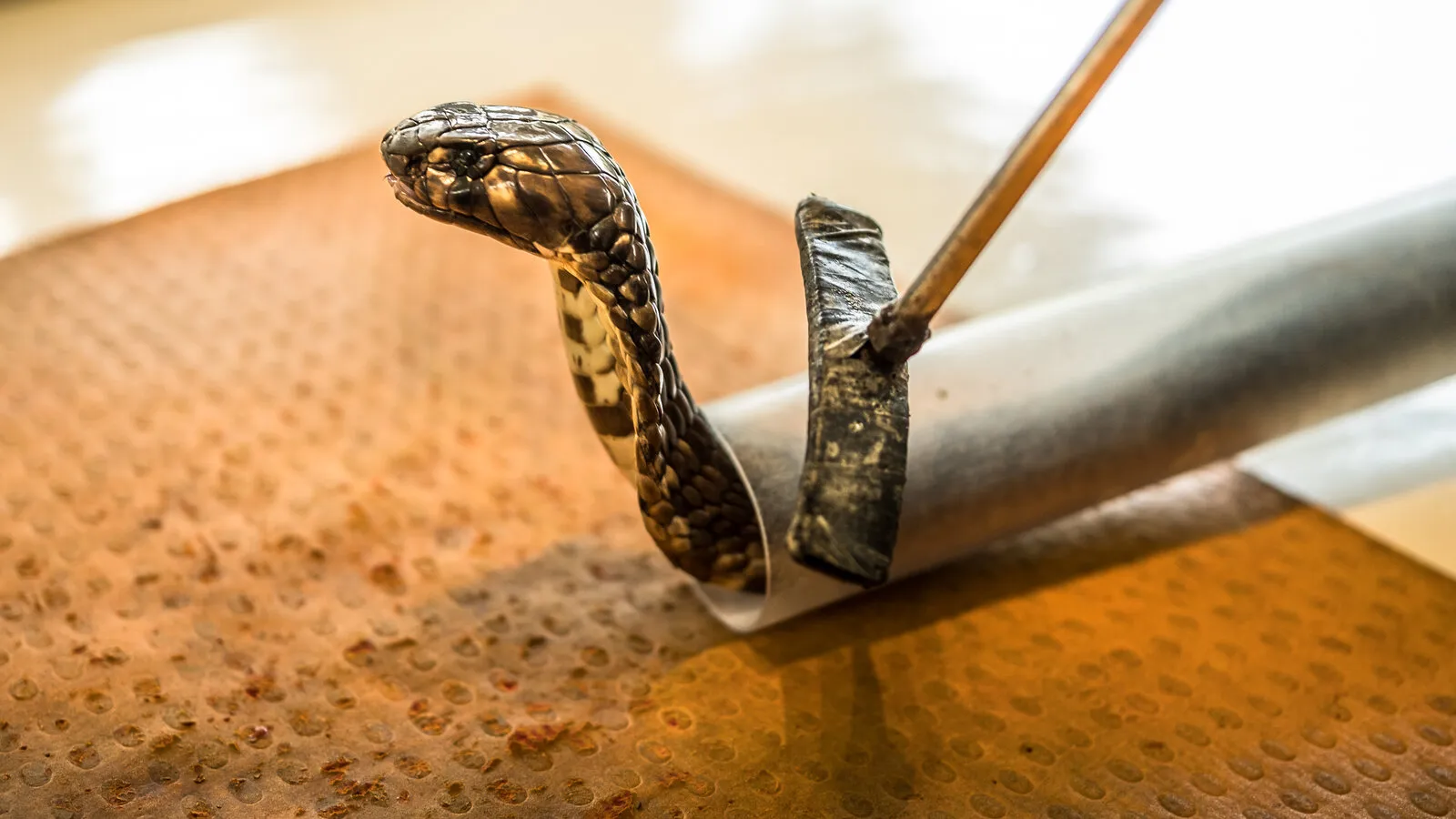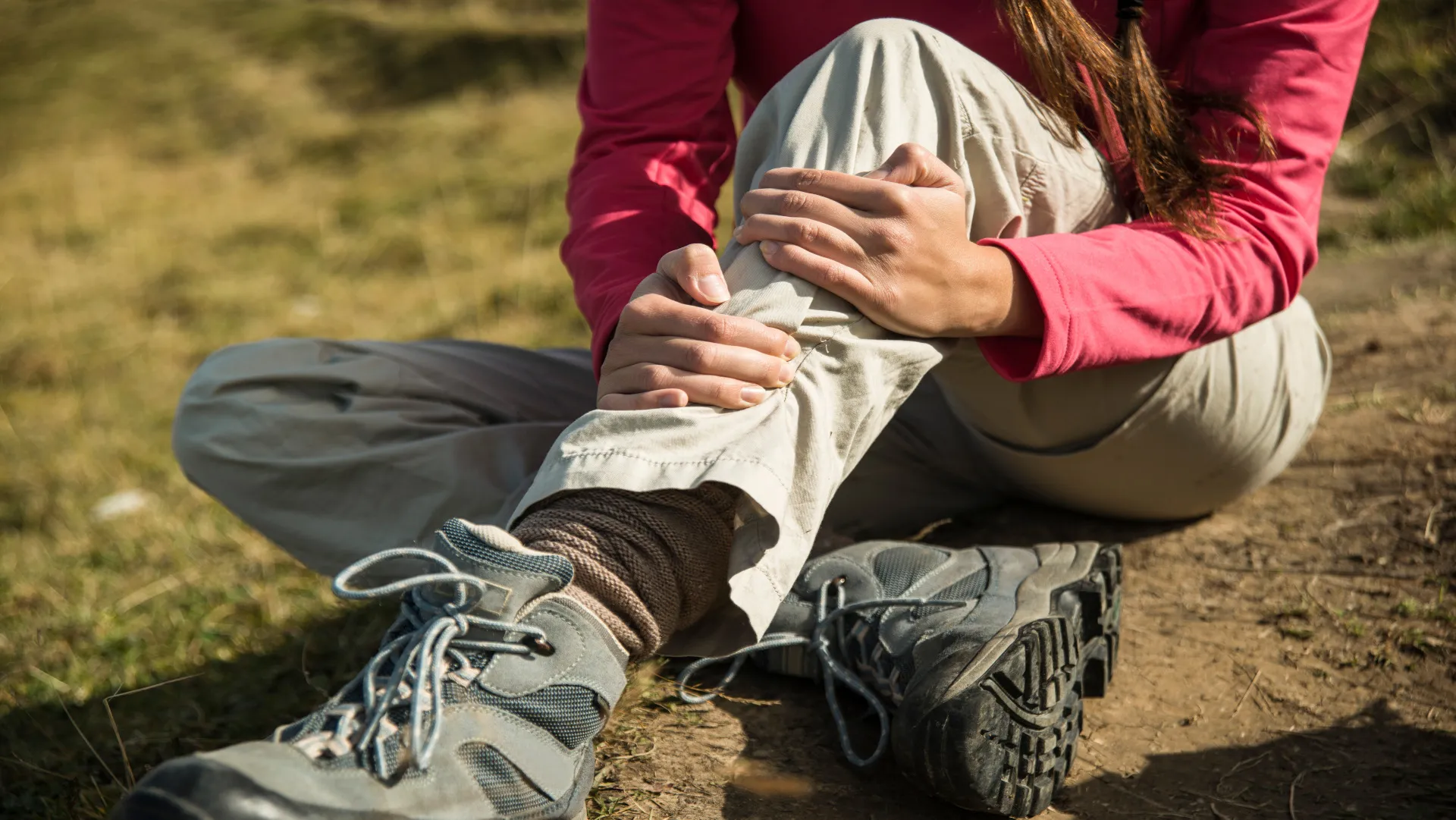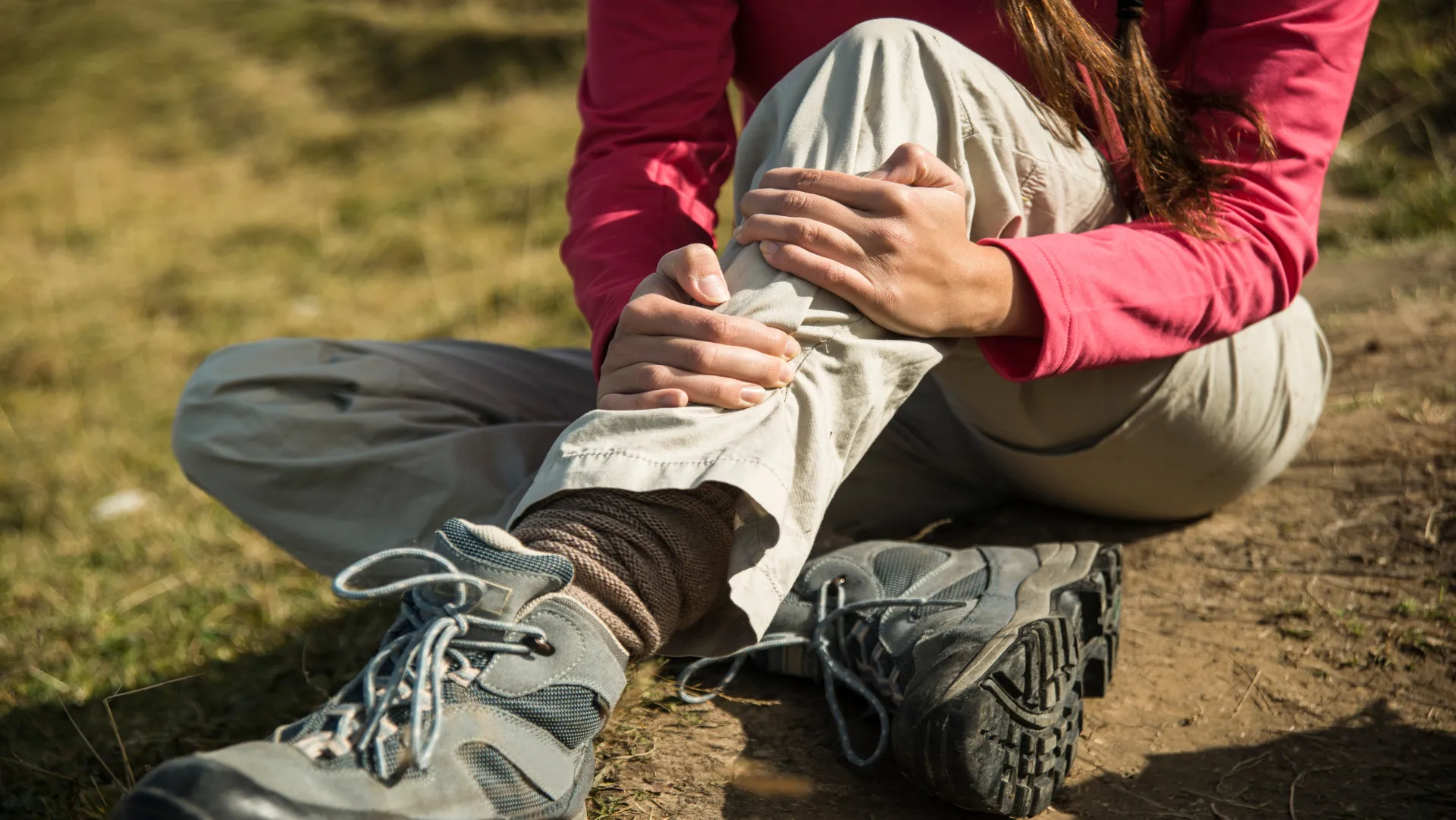You never expect it, but a single misstep on the trail can turn a serene hike into a high-stakes emergency. Knowing how to respond with proper snake bite hiking first aid could be the difference between life and death. That’s why National Park Shops has created this expert-backed guide to equip you with life-saving knowledge, from identifying venomous snakes to handling bites with precision. Whether you're deep in the woods or crossing rocky terrain, this comprehensive resource will help you stay calm, act fast, and hike smarter.
Identifying Venomous Snakes in the U.S.
Understanding how to respond with snake bite hiking first aid starts with the ability to identify venomous snakes you may encounter on the trail. Knowledge of their physical features and habitats helps reduce the risk of a bite and prepares you to act effectively in case of an emergency. In the United States, there are four main types of venomous snakes that hikers should be able to recognize:
-
Rattlesnakes: The most commonly encountered venomous snake in the U.S. Known for their distinctive rattle, triangular head, and heavy body. Found in deserts, forests, grasslands, and rocky areas.
-
Copperheads: Recognized by their copper-colored heads and hourglass-shaped patterns. Their camouflage makes them hard to spot among leaves and forest floor debris.
-
Cottonmouths (Water Moccasins): Semi-aquatic snakes often found in or near water. They display an open white mouth as a warning and have dark, thick bodies.
-
Coral Snakes: Known for their vivid red, yellow, and black bands. Use the rhyme: "Red touches yellow, kill a fellow; red touches black, friend of Jack" to distinguish them from similar non-venomous snakes.
Familiarity with these snakes helps hikers stay alert and avoid dangerous encounters. By being able to recognize these species, you're more likely to prevent a bite and administer snake bite hiking first aid with confidence if needed.
Recognizing Symptoms of a Snake Bite
Effective snake bite hiking first aid depends on your ability to identify symptoms quickly. Initial symptoms may include two puncture marks at the bite site, along with localized pain, redness, and swelling. As venom spreads, additional signs may include nausea, dizziness, sweating, difficulty breathing, and a rapid pulse. These symptoms typically intensify within 30 minutes to a few hours.
In some cases, you may experience muscle weakness, numbness, or convulsions, especially if bitten by coral snakes. The severity of the reaction often depends on the type of snake, location of the bite, and the individual’s health and age. Not every bite from a venomous snake results in envenomation, but all bites should be treated as emergencies. Understanding the signs allows you to act quickly and apply the proper snake bite hiking first aid techniques while awaiting help.
>> Read More: Winter Survival Kits: A Comprehensive Review

Snake Bite Hiking First Aid Steps
Stay Calm and Assess the Situation
The most important immediate response for snake bite hiking first aid is to remain calm. Panic increases your heart rate, accelerating the spread of venom through the bloodstream. Move away from the snake to avoid a second bite, and help the victim sit or lie down in a safe place. Avoid unnecessary movement to limit venom circulation.
Next, assess the bite site. Look for fang marks, swelling, and skin discoloration. If possible, take note of the snake’s color and shape for identification purposes, but never attempt to capture it. Reassure the victim while preparing to take the next crucial first aid steps. Keeping a level head enables you to provide effective snake bite hiking first aid while waiting for medical support.
Seek Emergency Medical Help
No matter how mild the symptoms may appear, professional medical assistance is vital in snake bite hiking first aid. Call 911 or local emergency services immediately. Provide your location and any information about the snake species, if known. Quick communication can expedite the arrival of antivenom and trained responders.
If you're out of service range, use a satellite phone or emergency beacon to send a distress signal. Do not attempt to hike out alone unless absolutely necessary. While waiting for rescue, continue to monitor the victim’s condition, watching for increased pain, swelling, or difficulty breathing. Snake bite hiking first aid is critical during this time to stabilize the individual and reduce complications.
>> Read More: How To Start Hiking: A Detailed Guide for Beginners

Administer Basic First Aid
While waiting for professional help, administer basic snake bite hiking first aid by immobilizing the affected limb. Use a bandage to loosely wrap above the bite, restricting lymphatic flow without cutting off circulation. Keep the bite site at or below the level of the heart to slow venom movement.
Do not apply ice, cut the wound, or attempt to suck out venom. These outdated practices can worsen the injury. If the person becomes unresponsive or stops breathing, begin CPR if you are trained. Document the time of the bite and symptoms as they develop to provide accurate information to emergency personnel. Clear, careful actions are the foundation of life-saving snake bite hiking first aid.
>> Read More: Hiking Alone Safety Tips: How To Protect While Solo Hiking
What Not to Do when Snake Bite Hiking
Equally important as knowing what to do is knowing what not to do when providing snake bite hiking first aid. Many myths persist around snake bites, and following incorrect advice can lead to worse outcomes. Never try to suck out the venom, as this can introduce infection and is ineffective at removing venom from tissue.
Avoid cutting the wound or applying tourniquets, which can cause tissue damage and restrict blood flow. Do not give the victim alcohol or caffeine, as these can increase the heart rate and spread the venom more quickly. Never apply ice directly to the bite, as it can cause additional tissue harm. Snake bite hiking first aid should always prioritize evidence-based practices to prevent unnecessary complications.
Preventative Measures for Hikers
The best snake bite hiking first aid starts with prevention. Stay on designated trails, especially in rocky, brushy, or wet areas where snakes tend to hide. Wear high boots, thick socks, and long pants to reduce the chance of a bite. Use trekking poles to probe thick vegetation or check blind spots ahead of you on the trail.
Be alert to where you place your hands and feet, especially when climbing rocks or stepping over logs. Avoid hiking alone in remote areas, and always carry a first aid kit that includes supplies for snake bite hiking first aid. Educate your group about venomous snakes in the area before heading out. Prevention greatly reduces the risk of a dangerous encounter and helps you enjoy the trail safely.

Importance of Antivenom and Medical Help
Antivenom is the most effective treatment and the cornerstone of snake bite hiking first aid. It works by neutralizing venom in the bloodstream, reducing pain, swelling, and potential tissue damage. The sooner it’s administered, the better the outcome. Delays can lead to severe complications such as organ failure, tissue necrosis, or even death.
Only trained medical professionals can administer antivenom safely, as allergic reactions are possible. This reinforces the importance of seeking emergency help instead of attempting to treat the bite alone. Snake bite hiking first aid plays a critical role in stabilizing the victim while waiting for antivenom. Being prepared and informed increases survival rates and improves recovery outcomes significantly.
Conclusion
Snake encounters can be rare, but every hiker should know how to apply proper snake bite hiking first aid. From identifying venomous snakes to responding quickly and avoiding dangerous myths, this guide offers essential knowledge for handling these emergencies. Acting with calm, clarity, and the right techniques can save lives.
Prevention is always the best defense, but knowing what to do in the worst-case scenario is equally important. Pack a well-stocked first aid kit, stay informed about local snake species, and practice safe hiking habits. If you follow these guidelines, your knowledge of snake bite hiking first aid will empower you to handle emergencies confidently and responsibly.
>> Read More:

